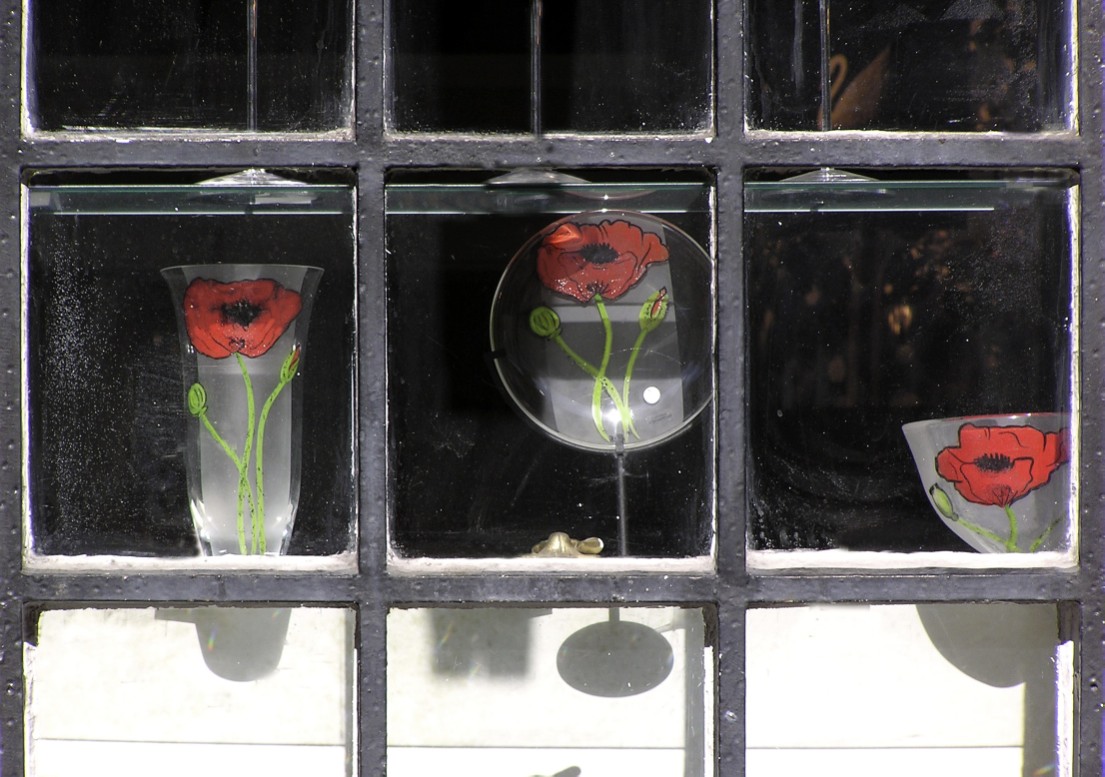
Openness and Courage
We don’t have to move back to the Victorian or post-Victorian world of England and the United States. The British School suggests that considerable pretension and subtle withholding of information about self and others still exists in the 21st Century. Even today—in our world of fragmented boundaries—we may not be “open” in ways some interpreters of the Johari Window suggest. We may be “faking” openness to accomplish something else.
Even members of the American School would agree that T-groups are often places where we learn how to open up and adjust to a different setting. We don’t become generally more open. Instead we discover that we can be more open in specific settings. In an earlier essay, I identified this adaptive strategy as the formation of a selective self. The British School would offer a somewhat different analysis of openness in T-Group setting. They would point to group collusion. Someone in the group is designated as the “open person.” This person isn’t really being authentic, but is instead playing the role of an “open person.” The designated “open” person will survive this group experience only if the openness can be controlled (Quad One: I) rather than prescribed by other members of the group (Quad One-E).
An excellent, real life example regarding the subtlety and power of openness in the 21st Century occurred recently among a group of corporate executives in a major American financial institution. I was consulting with a senior vice president in this institution, who had a reputation among his vice presidential subordinates for being very demanding and intimidating. The Senior Vice President knew that he was discouraging risk-taking behavior through his abrupt manner and wanted to change this style of leadership in order to encourage more creative problem-solving on the part of his staff during a particularly turbulent transition in the life of his institution.






